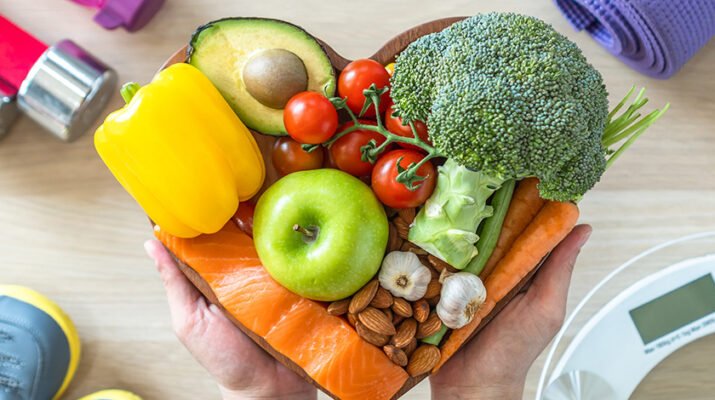
RIGHT: Ashley Carpenter
Eating right represents one of the pillars of good health and longevity. As part of an overall healthful diet, every older adult should consider including these foods (assuming they’re not contraindicated for any medication or health issues they’re experiencing).
Beans
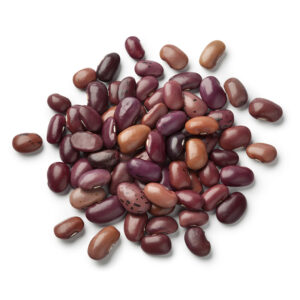 “Beans, peas, lentils, black beans, fava beans and kidney beans have parts of the vegetable and protein groups along with fiber,” said Logan Walker, physician at UBMD Family Medicine. “Fiber is important as most people — more than 90% of women and 97% of men — don’t get their daily intake of fiber. Fiber reduces risk of constipation and of coronary heart disease. We also see reduced risk of diabetes.”
“Beans, peas, lentils, black beans, fava beans and kidney beans have parts of the vegetable and protein groups along with fiber,” said Logan Walker, physician at UBMD Family Medicine. “Fiber is important as most people — more than 90% of women and 97% of men — don’t get their daily intake of fiber. Fiber reduces risk of constipation and of coronary heart disease. We also see reduced risk of diabetes.”
He cautioned checking the nutrition labels, as canned beans typically contain added sodium. Rinsing the beans in a colander can reduce the sodium level.
Beans are also versatile, widely available and affordable.
Greens
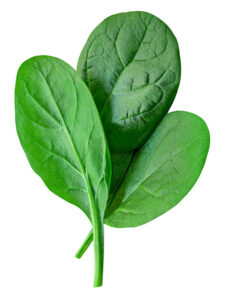 Specifically, kale, spinach, Swiss chard, arugula, beet greens, bok choy, collard greens, mustard greens, turnip greens, Brussels sprouts, broccoli, cauliflower, cilantro, parsley and asparagus are all examples of greens. Although green in color, iceberg lettuce isn’t as packed with nutrients as the darker greens.
Specifically, kale, spinach, Swiss chard, arugula, beet greens, bok choy, collard greens, mustard greens, turnip greens, Brussels sprouts, broccoli, cauliflower, cilantro, parsley and asparagus are all examples of greens. Although green in color, iceberg lettuce isn’t as packed with nutrients as the darker greens.
“Dark, green leafy vegetables contain numerous vitamins and minerals, such as vitamin K,” Logan said. “They’re associated with reducing cardiovascular risk and improved mood. Whether fresh, frozen or canned: it’s OK to have these in any form.”
Protein
 It’s easy to slip into the habit of fixing snacks instead of meals when living alone. But many times, these lack nutrients, including protein.
It’s easy to slip into the habit of fixing snacks instead of meals when living alone. But many times, these lack nutrients, including protein.
“Sardines are a good source of protein and protein needs increase with age,” said Ashley Carpenter, registered dietitian nutritionist and integrative and functional nutrition certified practitioner at Buffalo Nutrition & Dietetics, PLLC in Buffalo. “They also have calcium and omega-3, which, which can help with reducing inflammation and support cardiovascular health. Sardines have a little vitamin D which conversion decreases with age.”
She added that liver is also a source of protein, along with vitamin B12, iron, and vitamin D.
Melissa Verdi, registered dietitian nutritionist and certified diabetes care and education specialist at Lifestyle Nutrition WNY, PLLC in Amherst, Clarence and Orchard Park, said that lean sources of protein include “fish, chicken, beans/legumes, nuts and seeds.”
Nuts
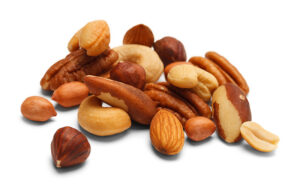 “Tree nuts, almond, pecan, pine nuts, cashews and other nuts offer fiber, magnesium and other minerals,” Logan said. “Nuts reduce risk of cardiovascular disease. They’re best eaten raw and unsalted. Mix them with other dishes.”
“Tree nuts, almond, pecan, pine nuts, cashews and other nuts offer fiber, magnesium and other minerals,” Logan said. “Nuts reduce risk of cardiovascular disease. They’re best eaten raw and unsalted. Mix them with other dishes.”
Nuts in the baking aisle are plain and unsalted.
Whole Grains
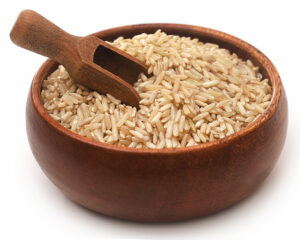 Eating a few servings of whole grains daily “can help support the pro and prebiotics in the gut,” Verdi said. “The fiber helps keep you regular.”
Eating a few servings of whole grains daily “can help support the pro and prebiotics in the gut,” Verdi said. “The fiber helps keep you regular.”
Sources of whole grains include barley, brown rice, wild rice, whole wheat pasta, oatmeal and whole grain bread, but watch out for “wheat bread” that’s low in fiber.
Omega-3
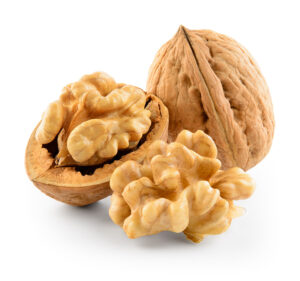 These help promote the health of the brain and joints. Verdi said that chia seeds, salmon seaweed, walnuts, and ground flax seeds are great sources of omega-3s.
These help promote the health of the brain and joints. Verdi said that chia seeds, salmon seaweed, walnuts, and ground flax seeds are great sources of omega-3s.
“Omega-3 fatty acids are important for heart health and has been linked to help support memory,” Verdi said.
Yogurt
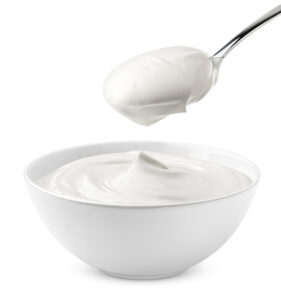 “Yogurt is a great choice to support bone health and it has probiotics which help with bowel regularity,” said Justine Hays, registered dietitian and senior Snap-Ed nutritionist at Cornell Cooperative Extension Niagara County. “It’s easy to eat and it doesn’t take a lot of effort if you don’t want to make a big meal.”
“Yogurt is a great choice to support bone health and it has probiotics which help with bowel regularity,” said Justine Hays, registered dietitian and senior Snap-Ed nutritionist at Cornell Cooperative Extension Niagara County. “It’s easy to eat and it doesn’t take a lot of effort if you don’t want to make a big meal.”
Water
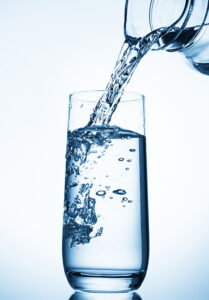 Older adults need to ensure they receive sufficient hydration. While not technically a nutrient, water is vital for good health.
Older adults need to ensure they receive sufficient hydration. While not technically a nutrient, water is vital for good health.
“As we get older, we tend to lose the sense of thirst and forget to hydrate,” Hays said. “Drink water, even if you don’t feel thirsty. Lower fat dairy, soy milk, and 100% juice can help meet hydration goals.
“Having enough water helps with bowel irregularities. Anytime you can add fiber-rich foods in your diet, it’s a good choice.”
Produce
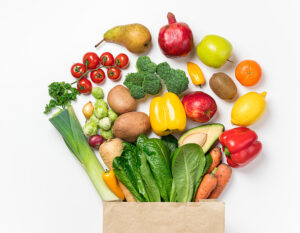 “Blueberries are the quintessential berry,” Logan said.
“Blueberries are the quintessential berry,” Logan said.
Whether frozen or fresh, berries such as raspberries, blackberries or strawberries also offer many benefits, including high levels of vitamins and fiber. Beyond berries and greens, eating a variety of colorful fruits and vegetables helps ensure sufficient nutrients along with decreasing caloric intake, which is important for those struggling to keep weight off.
“In general, eating multiple colors of vegetables ensures diverse nutrient intake,” Logan said. “But look out for mixed dishes like pizza and pasta that can include salt, saturated fat and oils that can reduce the beneficial nature of those dishes.”
Herbs & Spices
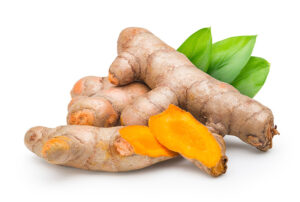 They make food more flavorful, which can help reduce salt intake. But many herbs and spices also provide intrinsic benefits.
They make food more flavorful, which can help reduce salt intake. But many herbs and spices also provide intrinsic benefits.
“As we age, we may lose a little sense of smell and taste,” Hays said. “Rather than seasoning with salt to make it taste more robust, use fresh or dried herbs and spices like basil, rosemary, parsley and oregano and a squeeze of lemon juice to add flavor instead of salt.”
Check seasoning blends for sodium and additives. Mixing your own skips the salt and additives and is less costly.

